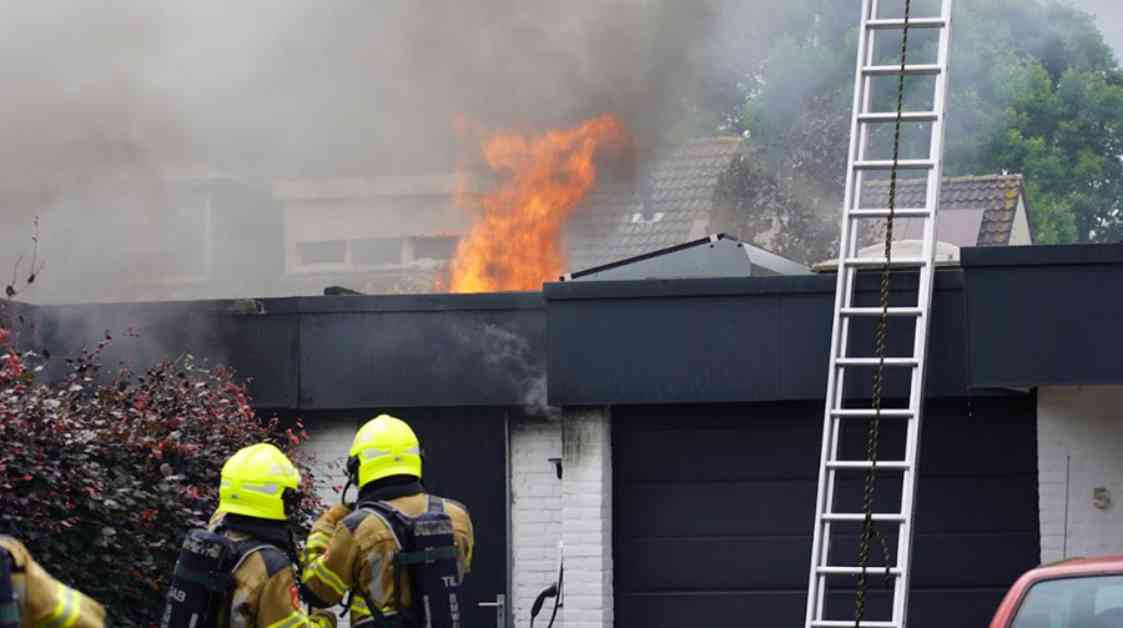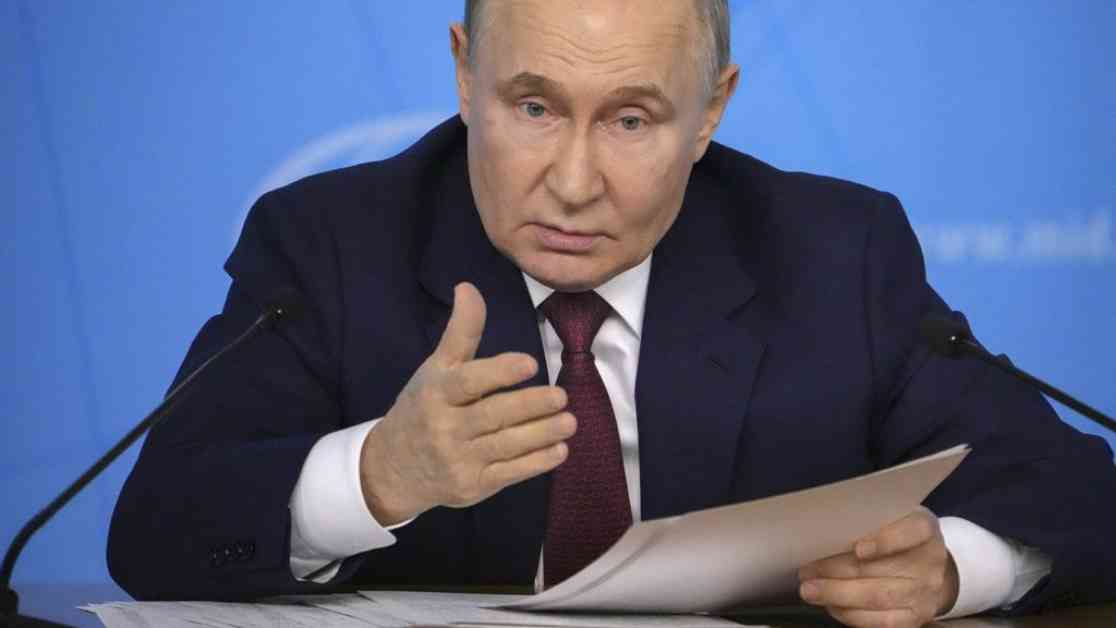Almost three weeks since the death of young Thomas, 16, killed with a knife after leaving a ball in Crépol, and Marie-Hélène Thoraval, guest on the show “Points de Vue” (Le Figaro Live), is not angry not. The alleged attackers come from the Monnaie district, in Romans-sur-Isère (Drôme), where she is mayor. “I will go to the end, it is my duty as an elected official to say so. I could have turned my back and waited for it to go under the rug, but no,” thunders the councilor, without batting an eyelid.
Marie-Hélène Thoraval claims the support of her constituents, who “encourage me and salute a courage that has never failed me.” That of warning about “insecurity, a problem that all medium-sized towns experience”, despite insistent threats. A man, a repeat offender, was also sentenced this Wednesday, December 6 to eight months in prison for “insulting by words or threats” and 1,200 euros in damages to be paid to the mayor of Romans. This in no way dampens the determination of Marie-Hélène Thoraval, who abounds: “If a spokesperson is needed, I would like to be one but I would like a reaction from the government.”
“Spokesperson”, the word seems chosen on purpose. Questioned by Timothée Dhellemmes in the program “Points de Vue”, the Drôme councilor believes “saying out loud what everyone is thinking: there is too much impunity. The criminal response is not there when there are crimes. We are far too lax with parental responsibility, with minors.” His constituents talk to him about it regularly and “we cannot accept that firefighters or police officers are stoned. As for urban rodeos, since Nahel’s death, it has been very complicated for the police to intervene in cases of refusal to comply. We have the impression that the law is made more for people who annoy others than for those who are annoyed,” she maintains, “to put it politely.”
While insisting on the fact that there is “a minority of delinquents” at La Monnaie, and that there is in no way a question of targeting a neighborhood, Mayor DVD of Romans nevertheless believes that “for certain delinquents, we will have to think about a grade above prison, to re-civilize them.” And to add that the “word may seem strong but I think that Gérald Darmanin had the right analysis when talking about wildness.”
Finally, Marie-Hélène Thoraval confides that she was “upset” by the testimonies according to which the attackers said they wanted to “plant white people”. Those who “said to have heard that maintained their testimonies”, she recalls, at the same time as the wish of the families, that of “considering the racist nature of the attack.”




















